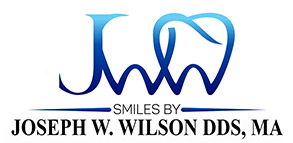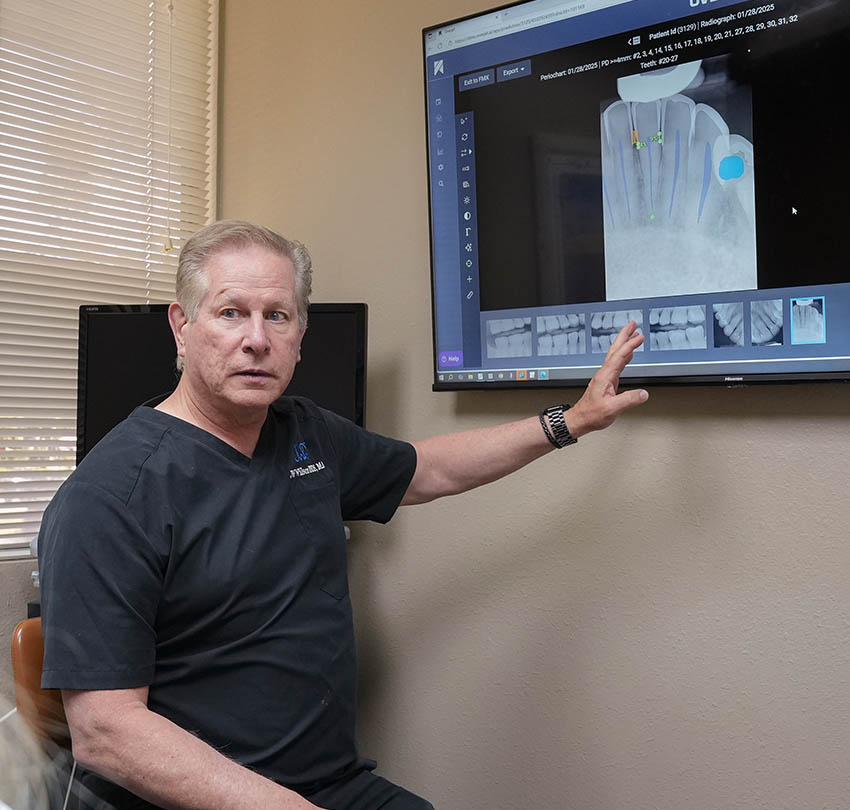So the main advanced technology that we use basically every day is the ability to provide single visit crowns. It’s a process that we started using with CERAC and it was very interesting because in talking about cosmetics and talking about veneers, one of the challenges that I had was that when I make temporary veneers for a patient while the lab is making their completed veneers, many times these temporary veneers the patient liked a lot more than some of the veneers that would return and then we would have to make adjustments and stuff to get them more like the temporaries that I placed. At that time I had a dental assistant that had asked me about CERAC, was I familiar with CERAC, the process of scanning the tooth, putting it into the computer, computer designing it on the software and then sending it to a machine that milled it out of a porcelain and we submitted it in the same visit.
This is software that I became aware of when I was teaching at UCLA back in the 80s and they were only able to do fillings at that time and I realized wow if it hangs around that could be a pretty good process. Well 10 years later in 2005 my assistant goes have you heard about CERAC and I goes that’s still around so we went and looked into it and acquired it in 2005. It’s when it really allowed me the opportunity to do a full set of veneers in a morning’s period of time or do the crowns in that amount of time.
Fortunately since 2005 the advancements of milling machines and the whole process allows us to make custom abutments that go on implants which we can already have the crown made so when the patient comes in to get their tooth they get the abutment and the tooth all in the single visit and that’s what we’ve approached with the technology is to minimize the amount of time the patient has to spend at the dentist. We want to make it as efficient as possible. On top of that we bring the laser technology in that allows with gum treatment and also can be used for doing fillings without any anesthetic.
We have the CBCT which allows us to see in three-dimensional the full aspects of the teeth and their relationship to say the nerves if we’re doing wisdom teeth or in relationship to the sinus if we’re doing implants. We have brought AI in now which allows us the opportunity to evaluate a patient’s x-rays in a more what we consider objective manner rather than the dentist being subjective and going well it looks like this and it looks like that. The x-rays they come in they get sent out they compare them to thousands of other x-rays and in that comparison there are similarities that will show where this is bone loss this is calculus this is where you’ve got a cavity that’s developing this is where the nerve inside the tooth appears to be challenged and is dying and it’s a real objective evaluation.
It was one of the things I did in dental school as a table clinic in showing that the clinician will often start leaning towards a diagnosis without having all the information and then start biasing the information he then gathers at that point to lead to the diagnosis he’s already rendered before gathering all the information where a computer doesn’t have that ability. It has to gather all the information before it can then create a diagnosis and that’s another one of the aspects of technology that we bring in now with the opportunity of texting and sending messaging and providing the opportunity of forms to all be sent over and be completed without sitting in the reception room and being handed a page of nine pages to have to complete before you can be seen for your appointment. All this can be done ahead of time and it’s a lot more efficient in that approach we’re able to let patients know that their medications would want to be taken if they need pre-medication before they come in a lot of aspects that are available now that really helps make the patient’s appointment easier and more efficient.



